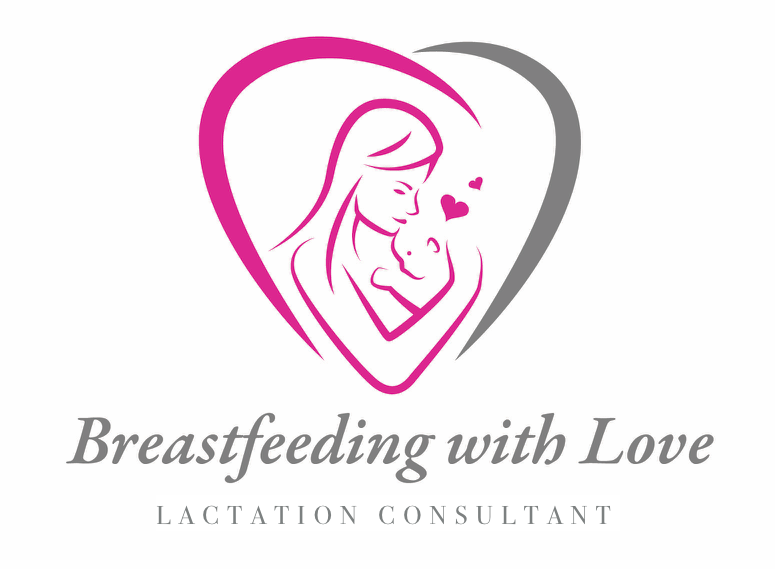Pumping And Milk Storage
"I just had a consult with Betty Greenman. She help me latch on my baby and afterwards, I did pumping. She made sure I have the right pump parts and gave me great pointers with pumping for my baby." Teresa Lee Ann M.
"Betty helped me with a great schedule of when to pump. She also went over carefully the guidelines for storing breastmilk. I feel so much better now that I had her over." Mary Lynn M.
One of the most important things I do when I visit at home with a mom, is to make sure that she knows how to pump and store her milk. I go over milk storage with both the mom and dad. Florence K.
I often get calls from women who are returning back to work and need to pump while at work. Therefore, if you are going back to work and need to pump, call me. I will go over your schedule with you.
An electric pump is recommended for a mother who is pumping everyday for a preterm infant or an infant that is hospitalized. There is a consistent suction with an electric pump and therefore, helps stimulate the breasts better to produce more breast milk. Here are some pumping tips; Pumping sessions should last about 10-15 minutes. It is recommended that you double pump. A flange is needed for all pumps. A flange is a hard plastic shield on the pump. Make sure it fits right to the size of your nipple. Fitting well is the key to pumping well. Do not borrow used pumps, cross-contamination can occur unless it is a hospital-grade pump. If you do use a friends pump, make sure that you buy new tubing for the pump. Additionally, pumping should not hurt the nipple. If the nipple starts to bleed or hurt, stop using the pump.
Manual or hand help pumps are very affordable and portable. They are easily available. However, there is an inconsistent suction because it is done manually. Longer pumping sessions are needed to empty out the breast which may last 15 to 20 minutes. They can be cleaned easily. A woman can do her pumping of her breast milk by manual expression, which is hand expression of breast milk. Some woman find this way easy and it’s free. There are no pumps involved.
You can call me or e mail me about which breast pump I recommend. For the first few months, a hospital grade pump is recommended.
Betty Greenman (713) 540-8692.
Breast Milk Storage
Breast milk is superior to infant formula. The best containers for breast milk storage are a standard baby bottle glass or plastic and custom purpose breast milk storage bags.
Milk Storage Guidelines for Hospitalized Infants:
Room Temperature< 4 hours at 77 ˚ F or 25˚ C
Refrigerator < 8 days at 39˚ F or 4 ˚ C
Insulated cooler with frozen ice packs < 24 hours at 59˚F or 15˚ C
Freezer Compartment, 2 Door < 3 months 23˚ F or -5 ˚C
Deep Freezer < 6 months -4˚ F or -20˚C (HMBANA, 2006, Williams-Arnold, 2000)
Milk Storage Guidelines for the Healthy Infants:
Room Temperature < 6 hours at 77˚ F or 25˚ C
Refrigerator < 8 days 39˚ F or 4˚ C
Insulated cooler with frozen ice packs < 24 hours at59˚ F or 15˚ C
Freezer Compartment, 2 Door < 6 months 23 ˚ F or -5 ˚C
Deep Freezer < 12 months -4˚ F or -20˚ C (HMBANA, 2006; Williams-Arnold, 2000)
You can combine breast milk from different pump sessions but first cool the milk and then store the breast milk according to the last age of the oldest milk, within 24 hours of pumping. It is best to freeze 2 to 4 ounces at a time or how many ounces your baby is drinking. Give extra ounces to the nanny or daycare, each day just in case. Microwaving destroys anti infectious properties of the breast milk in a bowl of warm water or hot water under a faucet and heat to room temperature. Do not refreeze breast milk. Use the thawed frozen breast milk immediately.

